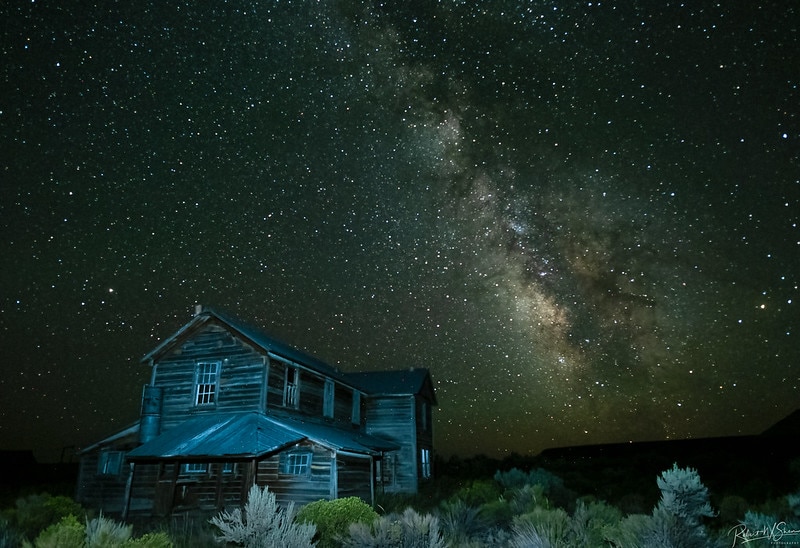
The Oregon Outback, an area of southeastern Oregon, has earned a new designation as the largest of the Dark Sky Sanctuaries not just in the U.S., but internationally.
DarkSky International, a nonprofit organization with a mission to educate on and minimize light pollution, has certified that Phase 1 of the Oregon Outback International Dark Sky Sanctuary (OOIDSS) is now a International Dark Sky Sanctuary. With this certification, the Oregon Outback sanctuary is the largest of the 19 certified International Dark Sky Sanctuary sites in the world, The Guardian reported.
According to DarkSky International, Phase 1 of OOIDSS spans 2.5 million acres in Lake County, Oregon, and the finalized area of OOIDSS will cover 11.4 million acres.
“As the population of Oregon and the trend of light pollution continue to rise, the unparalleled scale and quality of the Outback’s dark skies will long serve as a starry refuge for people and wildlife alike,” DarkSky Delegate Dawn Nilson said in a statement. “Adherence to the [Lighting Management Plan] will allow this large expanse of land to serve as a demonstration site of sustainable lighting principles not only within southeastern Oregon but possibly the Pacific Northwest Region.”

The David L. Shirk Ranch in the Guano Valley of eastern Lake County, Oregon on Aug. 22, 2022. Robert Shea / Flickr
The area regionally known as the Oregon Outback is remote, mostly comprising public lands, which make up about 68% of the certified Dark Sky area. The landscape is considered high desert, with some mountains alongside the desert valleys. As DarkSky International reported, many wildlife like migratory birds, bighorn sheep, sage grouse, American pronghorn and white-tailed jackrabbits have their habitats in this region.
The area is also culturally significant. It includes some of the oldest known sites in North America that humans occupied at least 18,000 years ago, Oregon Public Broadcasting reported. The region is also home of the Indigenous Northern Paiute people, DarkSky International noted.
The certification helps protect the region from light pollution, which can disrupt wildlife. A study published in the journal Science in 2023 found that light pollution is growing by nearly 10% each year.
“The extensive wetlands of Lake County are one of the most important habitats of the Pacific Flyway,” said Phil Milburn, a district manager for the Oregon Department of Fish and Wildlife. “Recent efforts by partners in Lake County to preserve dark skies is a welcomed action to protect wildlife from the well documented negative impacts of light pollution.”
As part of the nomination to certify the Oregon Outback as an International Dark Sky Sanctuary, officials and community members had to monitor the local night skies and take lighting inventories, in addition to removing some lights and retrofitting other lights to reduce light pollution.
The announcement of Oregon’s new Dark Sky Sanctuary comes ahead of International Dark Sky Week 2024, which will take place from April 2 to April 8, 2024, WDHN reported. The event is meant to raise awareness of light pollution and will take place during the total solar eclipse that will be visible in much of North America.
The post Oregon Outback Is Now the Largest Dark Sky Sanctuary in the World appeared first on EcoWatch.
